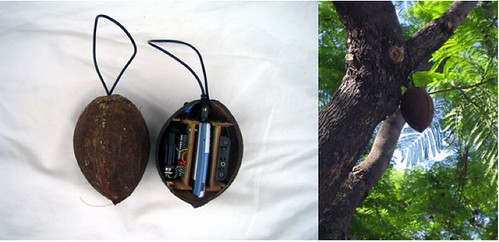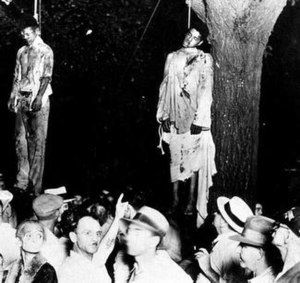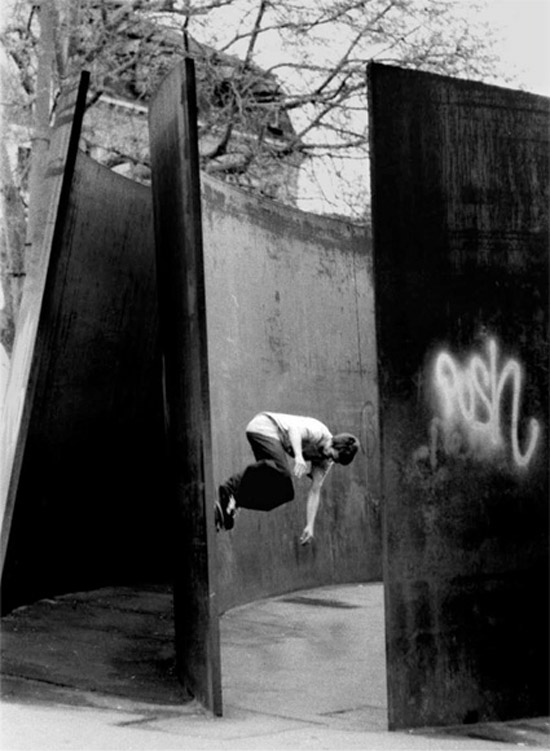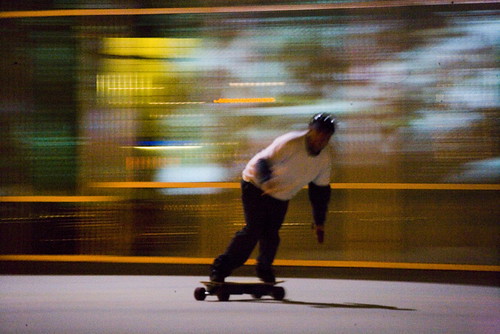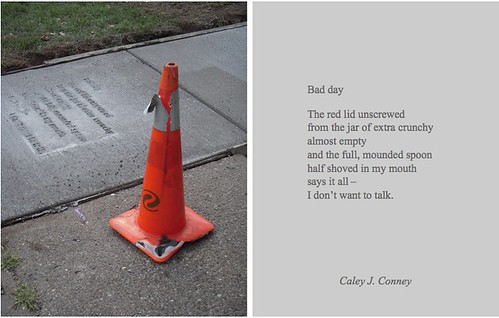
Caley J. Coney, "Bad Day," Everyday Poems for City Sidewalk. via Public Art Saint Paul
via Public Art Saint Paul
Everyday Poems for City Sidewalk is a project created by Saint Paul’s Public Artist in Residence Marcus Young and friends, Saint Paul Public Works, and Public Art Saint Paul with contributions from Saint Paul poets, which began in 2008. Every year residents can submit poems to be selected for imprinting in the new and newly repaired sidewalks of the city. The deadline for submissions is March 28, 2010. Guidelines here.
As “just” participatory, civic art Everyday Poems for City Sidewalk is an exemplary project, both whimsical and impactful. As Young writes in his brief introduction,
“Everyday Poems for City Sidewalk is inspired by the universal, childish desire to draw a finger through tempting wet cement. The project also has higher-minded aspiration. Our public realm, crowded with commercial and regulatory text, could use more poetry. On our modest sidewalks, we hope to create delightful moments of open-air reading, and make public and common the beauty in our hearts as expressed by our poets. Beautiful poetry can be as present and plain as sidewalk, as grass and sky.”
What is particularly interesting – even revolutionary – about Everyday Poems, I think, is the way the program is integrated into the everyday business of the city of Saint Paul. Young is in an almost unique situation in the United States. He is not just an outsider artist-in-residence, he is a “city artist,” and as such he often sits alongside the engineers, public safety, marketing and other public works staff in evaluating new projects. Like the renowned Mierle Laderman Ukeles, who has been artist in residence (unsalaried) at the New York City Department of Sanitation since 1977, Young is part of a team and Everyday Poems for City Sidewalk is as much a public amenity as the sidewalks themselves.
Add your voice to your city.

Ryan Ross, "Steal It," Everyday Poems for City Sidewalk.
